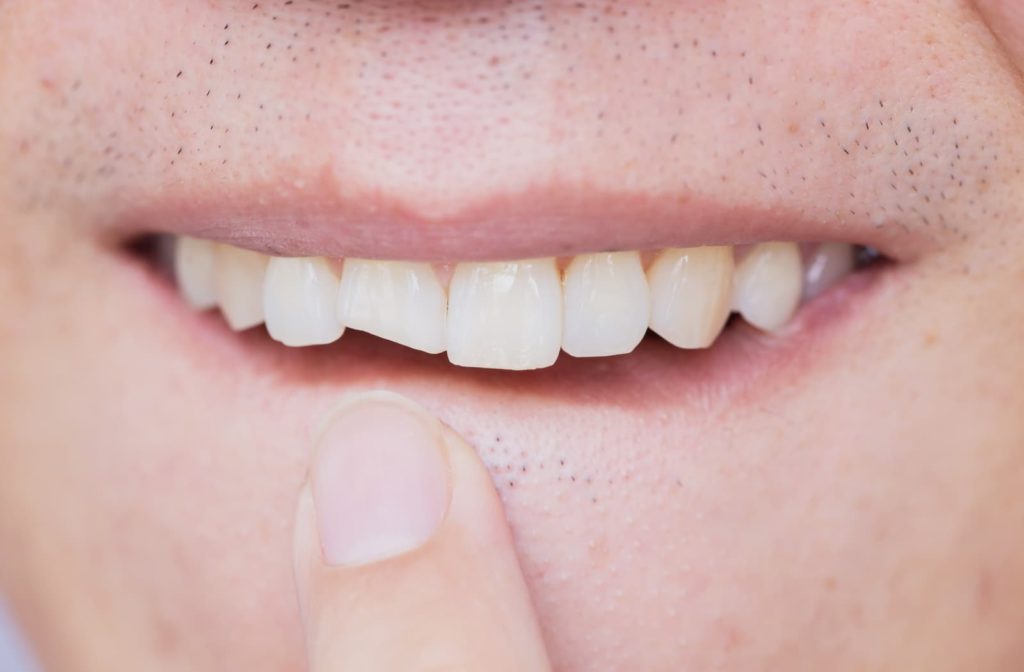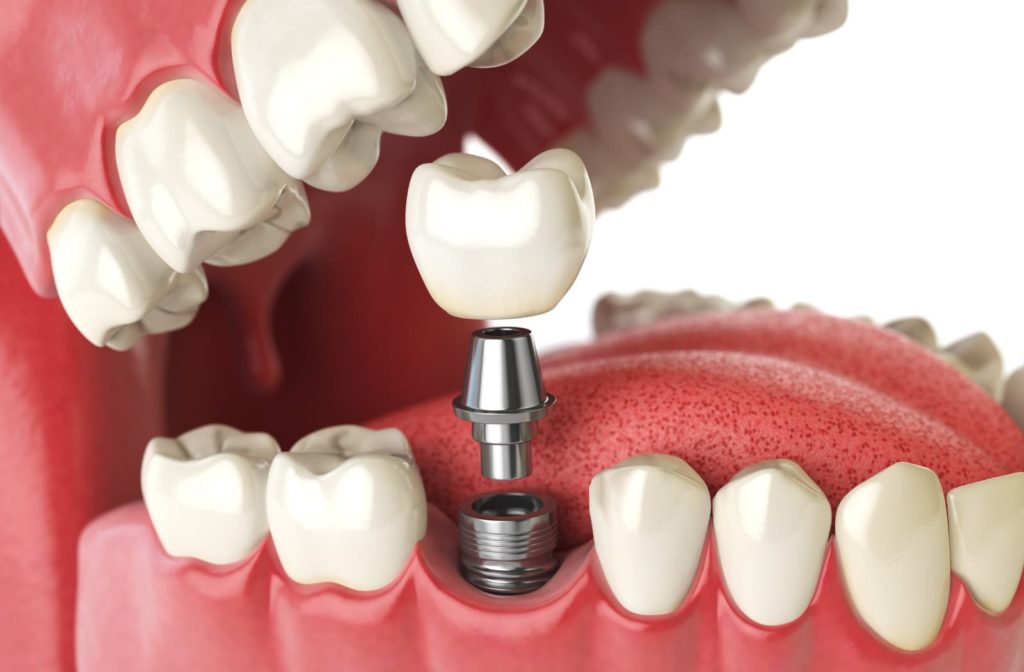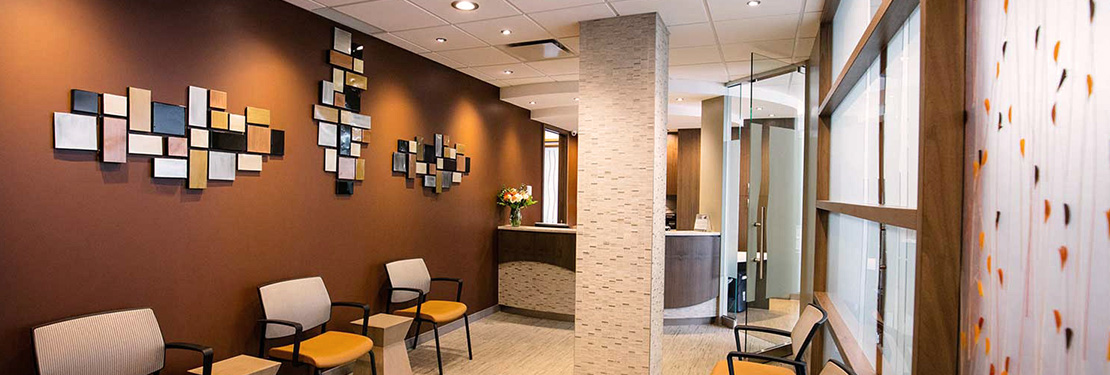Chipped and broken teeth can be much more than just a blemish on your otherwise beautiful smile; they can also cause significant pain and discomfort. If you’ve recently chipped or broken one of your pearly whites, you’ll want to have the damage repaired as soon as possible to avoid these undesirable outcomes.
However, there’s more than one way to repair a chipped or broken tooth, and they don’t all produce identical results. Understanding more about standard repair methods will help you choose a dentist who can meet your needs and allow you to take the best possible care of your teeth.

Chipped vs. Broken Teeth: What’s the Difference?
Some people use the terms interchangeably, but chipped teeth and broken teeth are very different. These problems also have distinct solutions, so you’ll need to know how to distinguish between them before asking your dentist about specific repair procedures.
Chipped Teeth
Most chipped teeth occur when a small fragment of your tooth’s enamel coating breaks off from the rest of the tooth. In these cases, you may not experience any pain at all. However, chipped teeth often produce an undesirable cosmetic effect when smiling—and larger chips that expose a tooth’s root or pulp can also cause immense pain.
Chips can also become larger if left untreated. It’s usually a smart idea to have any chips in your teeth fixed as quickly as you can.
Broken Teeth
If you have a broken tooth, you’ll probably know it. Broken teeth can cause a great deal of pain, especially if the breakage occurs from impact damage.
However, not all broken teeth are the result of physical trauma. Sometimes, cracks appear in teeth near the gumline and spread out to the enamel as they grow larger. A crack that grows large enough can destroy the entire tooth and cause just as much pain as breakage from an impact.
Repair Methods for Chipped & Broken Teeth
Your dentist will likely recommend one of the following procedures to fix the damage to your teeth:
Filling & Polishing
Your dentist may recommend these methods to fix a tooth that has sustained mild damage from a small chip or crack. First, they will fill the affected area with composite resin material with a similar colour to that of your tooth. They may also use drills or lasers to smooth out the edges and help the filling blend in with the natural material around it—a process known as cosmetic contouring.
Filling and polishing are some of the simplest methods for repairing a damaged tooth, but they only work for minor damage. They are not suitable for fixing major chips that expose pulp or roots and cannot repair large cracks or broken teeth.
Crowns
Crowns are permanent caps made from a synthetic material that your dentist may install to cover a damaged tooth. They are usually made from porcelain, ceramic, or metal.
Crowns can be a simple solution for single broken teeth. However, crowns are not typically suitable for repairing damaged teeth with infected tissue. These teeth often require root canals to prevent infection from reaching tissues in other parts of the mouth and jaw.

Dental Implants
If a tooth is damaged beyond repair, your dentist may suggest replacing it with a dental implant. Dental implants are essentially synthetic replacements for teeth that your dentist attaches to your jaw. These implants are an excellent method of replacing teeth that have sustained severe damage close to the gum line and cannot be fixed reliably with the other methods listed.
There are various types of dental implants, including implant-supported dentures, implant crowns, and implant bridges. A consultation with your dentist will help if dental implants are right for you, and if so, which type.
Follow Your Dentist’s Recommendation
There are many ways to repair a chipped or broken tooth because tooth damage takes many forms. The nature and severity of your injury will always determine the appropriate treatment method, so always consult your dentist to find out precisely what you’ll need.
Remember: regular dental visits and at-home maintenance are the best ways to reduce your risk of tooth decay in the first place, so stay in touch with your dentist and always heed their advice.







